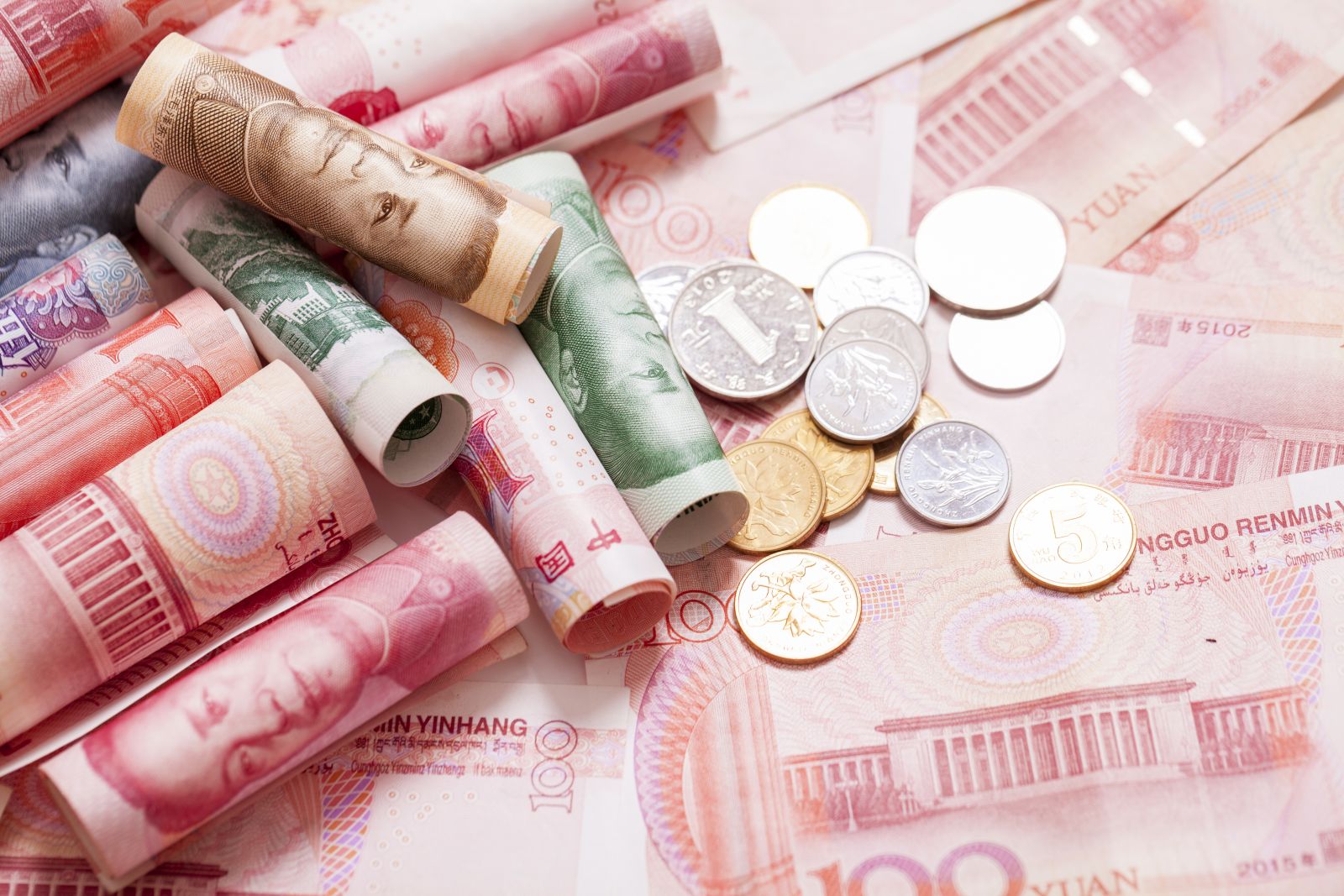ALBAWABA – Oil prices rose on Tuesday on news of surprise rate cuts in China as the Chinese central bank attempts to stimulate sluggish China recovery by easing borrowing costs for financial institutions, news agencies reported.
Brent crude futures rose $0.32, or 0.4 percent, to $86.53 per barrel by 0644 GMT and West Texas Intermediate (WTI) crude was up $0.26, or 0.3 percent, trading at $82.77 a barrel, according to Reuters.
Oil prices rose after the People's Bank of China (PBOC) lowered the interest rate on $55.3 billion worth of one-year medium-term lending facility (MLF) loans to some financial institutions to 2.5 percent.
This rate cut is intended to shore up banking system liquidity and lower borrowing costs to encourage spending domestically, according to a statement by the People’s Bank of China.

"The market was expecting the PBOC to wait until September before easing again, said Robert Carnell, Asia Pacific head of research for ING Bank, in a note. “Today's cuts suggest that the authorities' concern about the state of the macroeconomy is mounting," he added, according to Reuters.
Differentials for spot cargoes from the Middle East have surged in the past several days as buyers in China snap up supplies, Bloomberg reported.
In the North Sea, a vital trading window has seen a spate of bidding, as Asian buyers buy millions of barrels of United States (US) WTI crude.
Those are all signs that this latest cycle is off to a strong start, even as crude prices hit six-month highs last week, Bloomberg predicts.
Oil prices rise across the board
Despite the disappointing economic data from China, the country’s refinery throughput in July rose 17.4 percent from a year earlier. Refiners in China have had to keep output elevated to meet demand for domestic summer travel and to cash in on high regional profit margins by exporting fuel, according to Reuters.
“The driver of the tightness is the Saudi production cut, with refineries looking for alternative barrels,” Giovanni Staunovo, an analyst at UBS Group AG, told Bloomberg.

“Demand is solid in large parts of Asia as well as the US, mostly mixed in Europe,” he noted.
Chinese mega-refiner Rongsheng Petrochemical Co. secured millions of barrels from the spot market last week, according to the New York-based news agency. That’s in addition to the nation’s refiners having been given about 40 percent more crude from the Saudis on a month-on-month basis for September.
Oil prices also rose in the Middle East, with the premium of Abu Dhabi’s Murban crude soaring against the Middle Eastern Dubai benchmark. Despite Asian buyers picking up comparable-quality West Texas Intermediate crude from the US earlier in the month, Bloomberg reported.
The Abu Dhabi premium was near $3 a barrel on the ICE Futures Abu Dhabi exchange on Monday, about $0.30 higher than at the beginning of the month, according to PVM Oil Associates data compiled by Bloomberg. The more sulfurous and dense Upper Zakum also surged in early-cycle trading.
Supply concerns are mounting as oil and natural gas output from top US shale-producing regions is set to fall in September for the second straight month to the lowest levels since May, Energy Information Administration data showed on Monday.
Factoring in Saudi Arabia and Russia’s supply cuts, another fall in output from the US would put the global oil market on a much tighter schedule to meet rising demand. Especially with China bolstering its refining operations.









